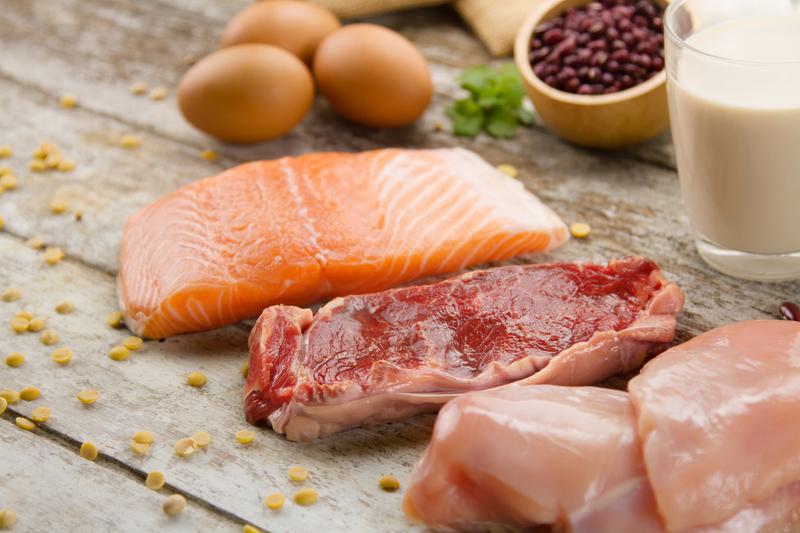
Salmonella is the second most common intestinal infection in the United States. More than 7,000 cases of Salmonella were confirmed in 2009; however, the majority of cases go unreported. The Centers for Disease Control and Prevention estimates that over 1 million people in the U.S. contract Salmonella each year, and that an average of 20,000 hospitalizations and almost 400 deaths occur from Salmonella poisoning, according to a 2011 report.
Salmonella infection usually occurs when a person eats food contaminated with the feces of animals or humans carrying the bacteria. Salmonella outbreaks are commonly associated with eggs, meat and poultry, but these bacteria can also contaminate other foods such as fruits and vegetables. Foods that are most likely to contain Salmonella include raw or undercooked eggs, raw milk, contaminated water, and raw or undercooked meats.
Symptoms of Salmonella infection, or Salmonellosis, range widely, and are sometimes absent altogether. The most common symptoms include diarrhea, abdominal cramps, and fever.
Typical Symptoms of Salmonella infection: Appear 6 to 72 hours after eating contaminated food and last for 3 to 7 days without treatment.
• Diarrhea
• Abdominal Cramps
• Fever of 100 F to 102 F
Additional symptoms:
• Bloody diarrhea
• Vomiting
• Headache
• Body Aches
Escherichia coli (E. coli) are bacteria that live in human and animal intestines. Shiga toxin-producing strains of E. coli, or STECs, are responsible for most food-related E. coli infections. E. coli O157:H7 and other STECs like E. coli O145 and E. coli O121:H19 produce a toxin called Shiga toxin, which causes illness in humans. E. coli bacteria do not make animals such as livestock and deer, which harbor the bacteria in their intestines, ill.
E. coli O157:H7 is most commonly found in cows, although chickens, deer, sheep, and pigs have also been known to carry it. Meat becomes contaminated during slaughter, when infected animal intestines or feces come in contact with the carcass. Ground or mechanically tenderized meats are considered riskier than intact cuts of meat because E. coli bacteria, can be mixed throughout the meat in the grinding process or during tenderization.
Other foods that sometimes become contaminated with E. coli bacteria include unpasteurized milk and cheese, unpasteurized juices, alfalfa and radish sprouts, lettuce, spinach, and water. However, any food is at risk of becoming contaminated with E. coli through cross-contamination. One can also get E. coli bacteria from contact with feces of infected animals or people.
E. coli symptoms change as the infection progresses. Symptoms usually begin two to five days after infection. The initial symptoms include the sudden onset of cramps and abdominal pain, followed by diarrhea within 24 hours. Diarrhea will become increasingly watery, and then noticeably bloody. People with E. coli infection also often feel nauseated and experience headaches. Less common symptoms include fever and chills.
Hemolytic Uremic Syndrome, or HUS, follows around 10 percent of E. coliO157:H7 infections. HUS occurs when Shiga toxins get into the bloodstream and cause the part of the kidney that filters toxins out of the blood to break down, causing kidney injury and sometimes kidney failure. Some HUS patients also suffer damage to the pancreas and central nervous system impairment.